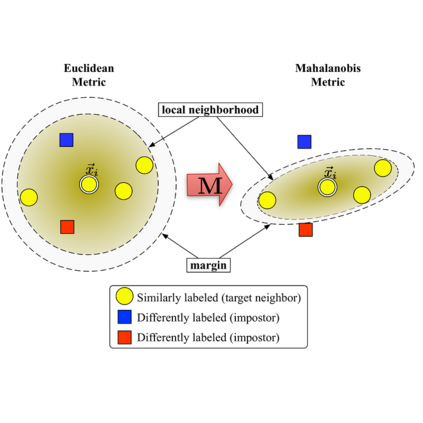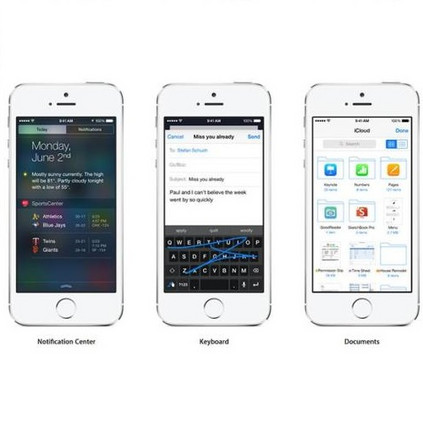FDG-PET reveals altered brain metabolism in individuals with mild cognitive impairment (MCI) and Alzheimer's disease (AD). Some biomarkers derived from FDG-PET by computer-aided-diagnosis (CAD) technologies have been proved that they can accurately diagnosis normal control (NC), MCI, and AD. However, the studies of identification of early MCI (EMCI) and late MCI (LMCI) with FDG-PET images are still insufficient. Compared with studies based on fMRI and DTI images, the researches of the inter-region representation features in FDG-PET images are insufficient. Moreover, considering the variability in different individuals, some hard samples which are very similar with both two classes limit the classification performance. To tackle these problems, in this paper, we propose a novel bilinear pooling and metric learning network (BMNet), which can extract the inter-region representation features and distinguish hard samples by constructing embedding space. To validate the proposed method, we collect 998 FDG-PET images from ADNI. Following the common preprocessing steps, 90 features are extracted from each FDG-PET image according to the automatic anatomical landmark (AAL) template and then sent into the proposed network. Extensive 5-fold cross-validation experiments are performed for multiple two-class classifications. Experiments show that most metrics are improved after adding the bilinear pooling module and metric losses to the Baseline model respectively. Specifically, in the classification task between EMCI and LMCI, the specificity improves 6.38% after adding the triple metric loss, and the negative predictive value (NPV) improves 3.45% after using the bilinear pooling module.
翻译:FDG-PET显示,在有轻微认知缺陷(MCI)和阿尔茨海默氏病(AD)的个人中,大脑新陈代谢已经改变。一些通过计算机辅助诊断(CAD)技术从FDG-PET(计算机辅助诊断(CAD)技术中衍生出来的生物标志已经证明,它们能够准确地诊断正常控制(NC)、MCI和ADD。然而,用FDG-PET图像识别早期MCI(EMCI)和晚期MCI(LMCI)的研究仍然不够充分。与基于FMRI和DTI图像的研究相比,FD-PET图像中区域间代表特征的研究是不够的。此外,考虑到不同个人的变异性,一些与两个等级都非常相似的硬样本限制了分类绩效。为了解决这些问题,在本文件中,我们提出了一个新的双线集合和衡量网络(BMNet),可以提取区域间代表特征,并通过建造嵌嵌入空间来区分硬样品。为了验证拟议的方法,我们收集了998 FDDG-PET图像从A-DET到ADET图像。在共同的预处理步骤之后,从两个前步骤中,将90个特征从两个基级数据提取到自动解算进到自动递化的递增到FDDODADADADET。




